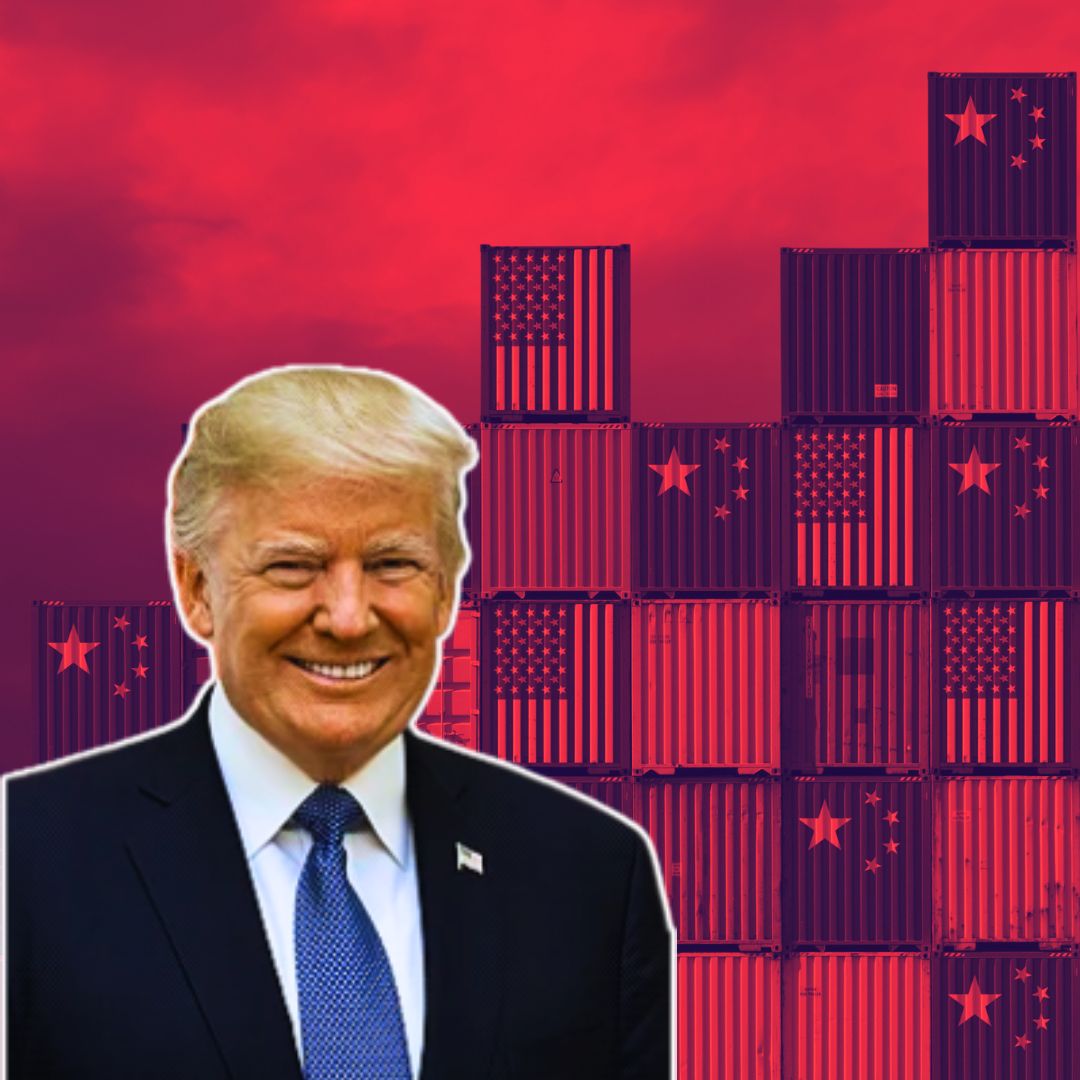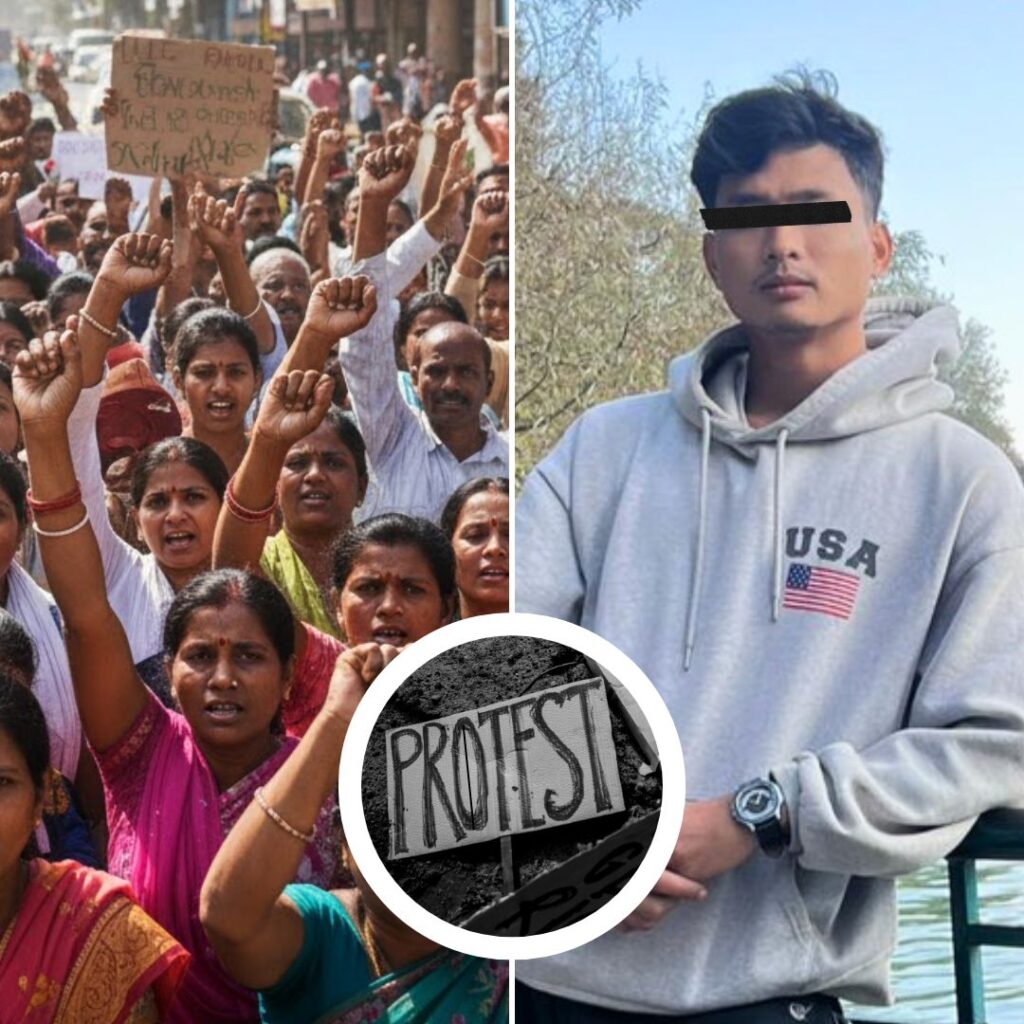US President Donald Trump’s sweeping new tariffs on imports from more than 90 countries-including India, Brazil, Vietnam, and China came into effect on August 7, 2025. Duties now reach up to 50% for some nations, sharply disrupting global supply chains and causing price hikes by major US brands such as Nike and Adidas.
The White House asserts the move aims to strengthen US manufacturing and punish countries trading with Russia, but the decision has triggered strong international backlash and warnings of economic fallout from officials and business leaders.
Tariffs Unleashed: Immediate Impact on Global Trade
The new tariffs, announced through a series of executive orders, have instantly raised the average US effective tariff rate to heights unseen since the 1930s. Key manufacturing exporters like India and Brazil face the harshest penalties, with total US duties on Indian goods rising from 25% to 50%-a penalty explicitly linked by President Trump to India’s continued oil imports from Russia.
Brazil receives a similarly steep 50% duty, while many Asian and European countries face new 15–41% rates. Markets reacted with notable volatility, as leading brands including Nike and Adidas confirmed retail price hikes-passing portions of the increased costs on to American consumers and citing supply chain uncertainty.
US Treasury figures already show customs duty revenues reaching $152 billion by July, but business associations warn that absorptive capacity is limited and further hikes may raise consumer prices and hurt profit margins.
Escalation and Official Reactions
The US administration asserts that these tariffs are required for both national security and to push back against what Trump describes as “unfair advantages” held by trading partners. Trump has linked further penalties to whether major economies, including China, curtail strategic trade partnerships with Russia; a second round of tariffs is threatened if these demands are not met by late August.
Indian authorities have condemned the measures as “unfair, unjustified and unreasonable,” warning that Indian exporters face heavy losses and could see jobs threatened. Brazil, the EU, and a number of Asian countries have issued statements cautioning that escalating tariffs risk deepening global economic instability. Meanwhile, some nations-like the UK and Canada-managed to negotiate reduced rates but still face significant new levies.
The Spread of Tariff Effects: Industry and Consumers
Analysts highlight a broad-based rise in consumer prices, as the tariffs force companies to absorb, reroute, or pass on increased import costs. Large US brands have responded swiftly; Nike has cited price increases of up to $10 on key models, while Adidas warns of “significant strain” on its earnings.
Economists warn that inflationary pressures could accelerate, with global supply chains realigning-potentially away from the US market-as firms explore alternative sourcing to manage new duties. Sectors most exposed include textiles, footwear, toys, automotive components, and electronics. Notably, China, still in fragile negotiations with Washington, faces the possibility of further rate hikes if trade talks stall, threatening another escalation of a trade war with worldwide implications.
The Logical Indian’s Perspective
The turn toward sweeping unilateral tariffs underlines the vulnerabilities and interconnectedness built into today’s global economy. Ordinary people-consumers, workers, and small businesses—bear the heaviest load, facing fewer choices, higher prices, and job insecurity.
The Logical Indian urges leaders to prioritise empathy, constructive dialogue, and peace over punitive measures, championing a rules-based system that fosters fairness and resilience. Trade policies must serve mutual prosperity rather than deepen fault lines.












